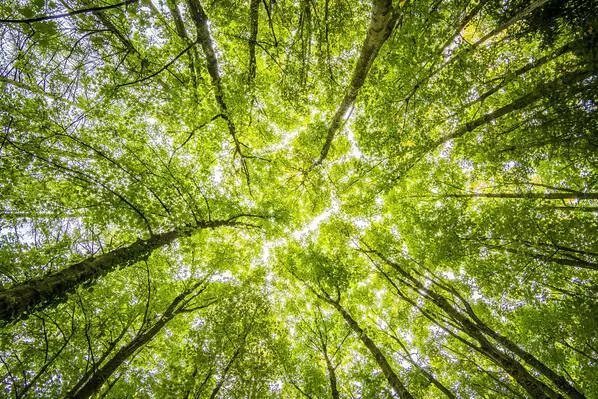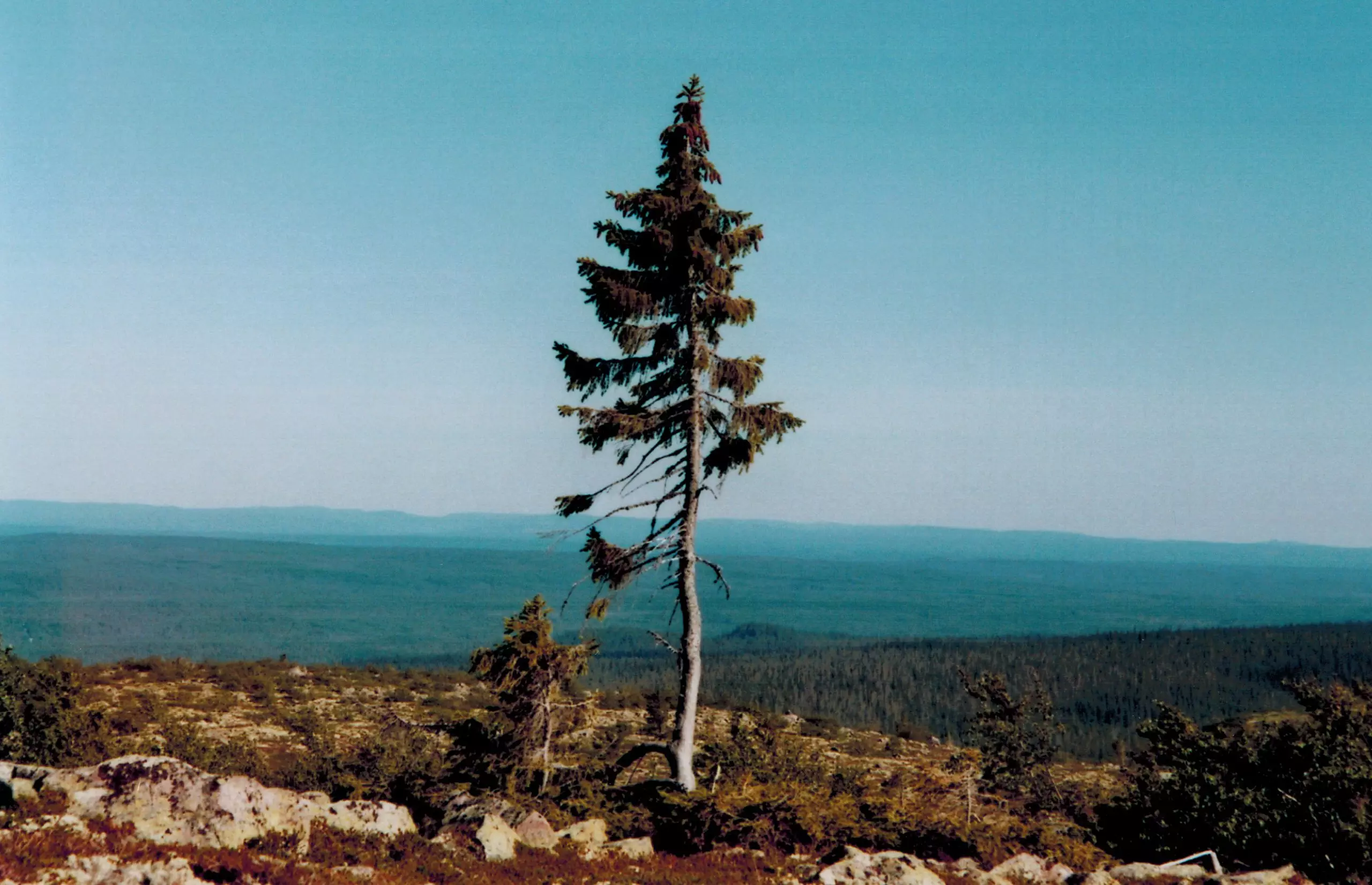
Trees today are larger. The results of recent research conducted by Ohio State University seem to show this.
The results, published in the journal Nature Communications on September 19, are truly surprising because the research suggests that trees are getting bigger every day thanks to carbon dioxide. In other words, the atmosphere increased the volume of wood in forests in the United States.
The study discovered that increasing carbon levels continually caused wood to increase in size. It is located in 10 different temperate forest groups across the country, although other factors such as climate and pests can change the size of the tree to some extent. This shows that the rapid growth of trees helps protect the Earth’s environment from the effects of global warming, Ohio State reported.
“Forests are taking carbon out of the atmosphere at a rate of about 13 percent of our total emissions,” said Brent Songen, co-author of the study and professor of environmental and resource economics at Ohio State University.
“While we are putting billions of tons of carbon dioxide into the atmosphere, we are actually extracting a lot of it by simply letting our forests grow.”
All this is due to carbon enrichment
The reason trees grow so much is because of carbon fertilization. Carbon fertilization, or carbon dioxide fertilization, increases the rate of photosynthesis in plants when atmospheric carbon dioxide levels rise.
“It’s known that when you put a ton of carbon dioxide into the atmosphere, it doesn’t stay there forever,” Songen said. “A huge amount of it falls into the oceans, while the rest of it gets picked up by trees, wetlands, and those kinds of areas.”
According to the study, over the past 20 years, forests in the United States have stored about 700–800 million tons of carbon dioxide annually, or 10–11 percent of the country’s total carbon dioxide emissions.
Trees have no problem gorging themselves on Earth’s excess carbon dioxide, a greenhouse gas that can have negative consequences for natural systems and infrastructure. This growth may not be noticeable to the average person, but modern vegetation is about 20 to 30 percent greater than it was 30 years ago.
The team used old data
Sohngen’s team used historical data from the US Forest Service’s Forest Inventory and Analysis (USFS-FIA) program. This is to compare how wood volume has changed in different forest groups over the past few decades. And to determine whether the chemical compound is responsible for increasing the size of our biome.
According to the study, the volume of wood produced by trees increased significantly between 1970 and 2015. This is consistent with the sharp increase in carbon emissions.
Eric Davis, Ph.D. A graduate of Ohio State’s School of Agricultural, Environmental, and Development Economics, he served as the study’s principal investigator. The US Department of Agriculture provided funding for this study.





